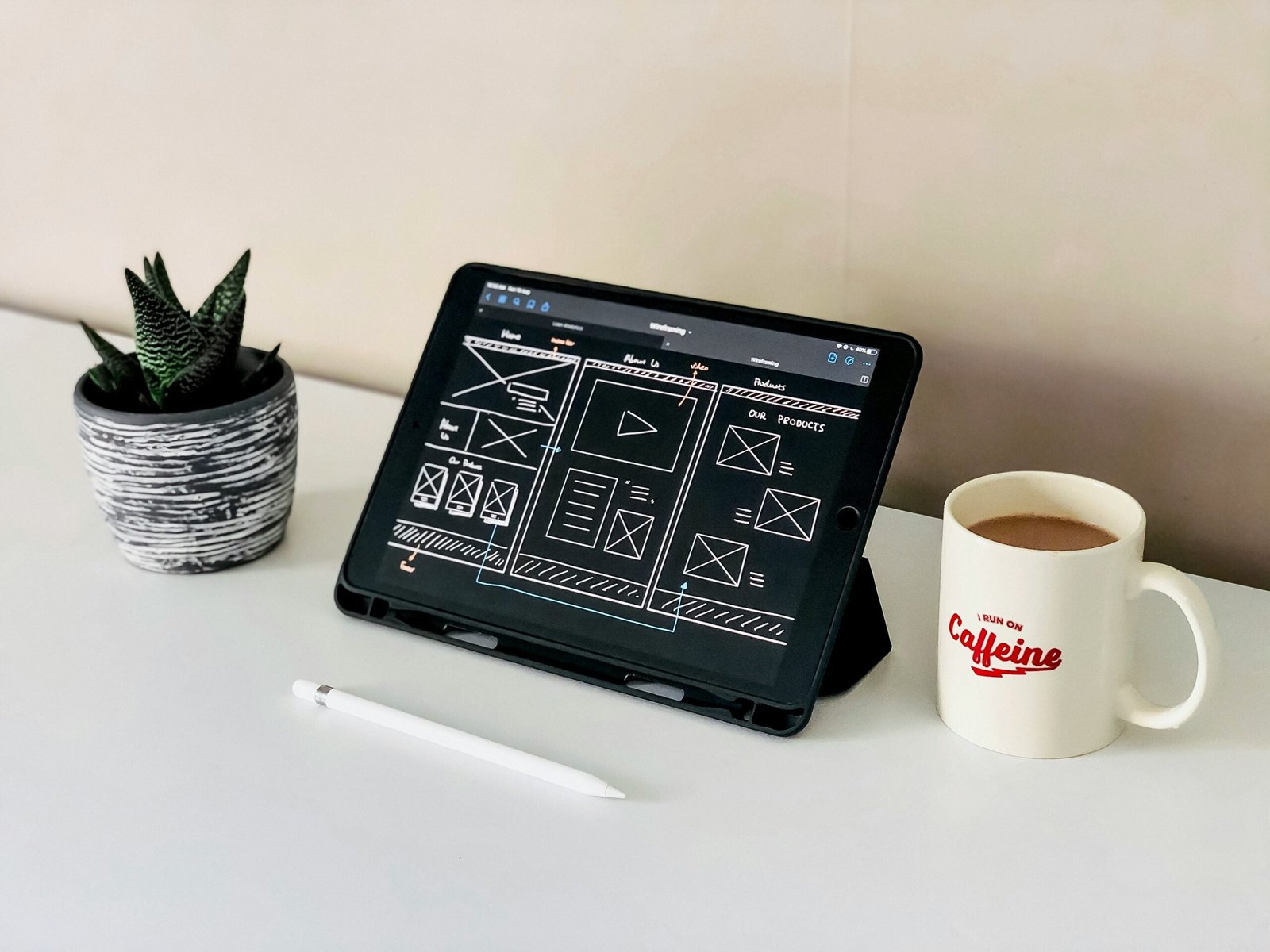5 Tips to Enhance Your Website Design
When it comes to website design, first impressions matter. A well-designed website not only attracts visitors but also keeps them engaged and encourages them to explore further. Here are five tips to help you enhance your website design and create a positive user experience:
1. Simplify Navigation
A cluttered and confusing navigation menu can frustrate users and make it difficult for them to find what they are looking for. Keep your navigation simple and intuitive by organizing your content into clear categories. Use dropdown menus or breadcrumbs to help users easily navigate through your website.
- Clear Hierarchical Structure: Organize your website’s content into logical categories and subcategories. This helps users quickly grasp the layout and find what they’re looking for without getting lost.
- Minimalist Menu Design: Keep the navigation menu simple and uncluttered. Avoid overwhelming users with too many options; instead, prioritize the most important sections and make them easily accessible.
- User-Centric Labels: Use descriptive and user-friendly labels for menu items. Language that resonates with your target audience enhances navigation efficiency and overall user experience.
2. Use Responsive Design
In today’s mobile-driven world, it’s essential to have a website that is optimized for all devices. Responsive design ensures that your website looks and functions seamlessly across different screen sizes and resolutions. This not only improves user experience but also helps with search engine rankings.
- Mobile-First Approach: Design your website with mobile users in mind from the outset. Prioritize responsive layouts, fluid grids, and flexible images to ensure optimal viewing and interaction across various devices.
- Cross-Browser Compatibility: Test your website’s compatibility across different web browsers to ensure consistent performance and functionality. Address any rendering issues promptly to deliver a seamless experience to all users.
- Performance Optimization: Implement techniques such as lazy loading and resource prioritization to enhance the performance of your responsive design. Fast load times on mobile devices are crucial for retaining user engagement and improving SEO metrics.
3. Optimize Page Load Speed
Slow-loading websites are a major turn-off for users. Optimizing your website’s page load speed is crucial for a positive user experience. Compress images, minify CSS and JavaScript files, and leverage browser caching to reduce load times. This will not only improve user satisfaction but also boost your website’s search engine rankings.
- Image Compression: Utilize image compression tools to reduce file sizes without sacrificing quality. Optimized images load faster, contributing to overall page speed improvements.
- Code Minification: Minify CSS, JavaScript, and HTML files to remove unnecessary characters and whitespace. This reduces file sizes and accelerates parsing and rendering times, resulting in quicker page loads.
- Caching Strategies: Leverage browser caching and content delivery networks (CDNs) to store frequently accessed resources closer to users. Cached content reduces server load and speeds up subsequent page visits, enhancing user experience and SEO performance.
4. Use High-Quality Images and Videos
Visual content plays a significant role in website design. Use high-quality images and videos that are relevant to your content to make your website visually appealing. Optimize images for web by compressing them without compromising on quality. This will ensure faster loading times without sacrificing the visual impact.
- Relevance and Context: Select images and videos that directly relate to your website’s content and resonate with your target audience. Relevant visual content enhances understanding, engagement, and brand perception.
- Optimized File Formats: Choose appropriate file formats (e.g., JPEG, PNG, WebP) based on the content and usage context. Optimal formats balance image quality and file size, ensuring fast loading times without compromising visual fidelity.
- Accessibility Considerations: Ensure that visual content is accessible to all users, including those with disabilities. Provide alternative text descriptions for images and captions for videos to accommodate screen readers and assistive technologies.
5. Incorporate Calls-to-Action (CTAs)
Guide your website visitors towards the desired actions by incorporating clear and compelling calls-to-action (CTAs). Use contrasting colors, engaging copy, and strategically place CTAs throughout your website. Whether it’s signing up for a newsletter, making a purchase, or contacting you, well-placed CTAs can significantly improve user engagement and conversion rates.
- Clarity and Directness: Craft CTAs with clear and concise language that communicates the desired action to users. Ambiguity leads to confusion and reduces conversion rates.
- Contrast and Visual Hierarchy: Use contrasting colors and prominent placement to make CTAs stand out from surrounding content. Visual cues guide users’ attention and prompt them to take action.
- A/B Testing and Optimization: Continuously test different CTAs, placements, and variations to identify the most effective combinations. Data-driven insights enable iterative improvements that maximize conversion rates and ROI.
By implementing these five tips, you can enhance your website design and create a user-friendly experience that not only ranks well on search engines but also keeps your visitors coming back for more.
Need Support Contact us Now.
